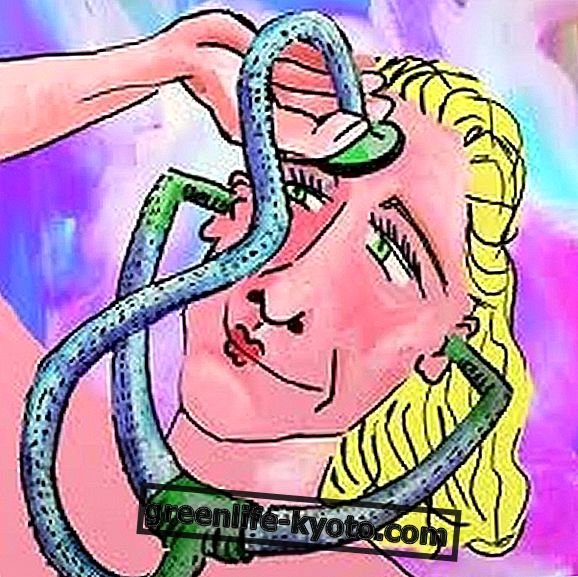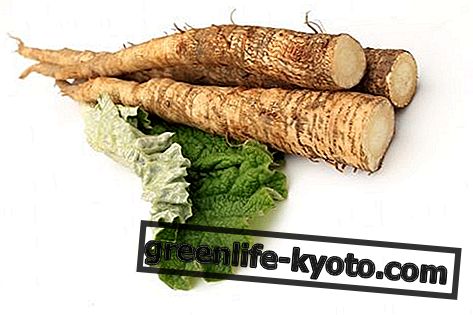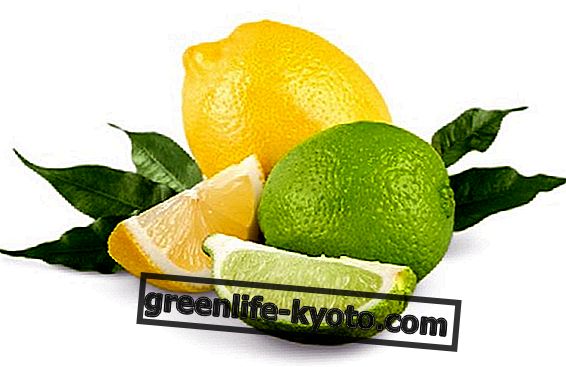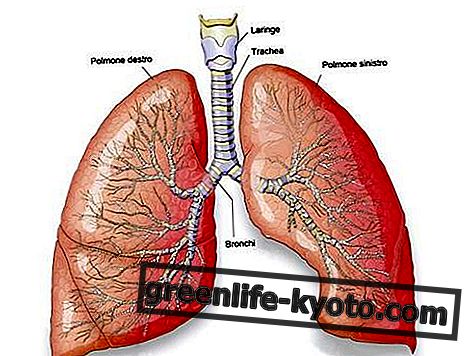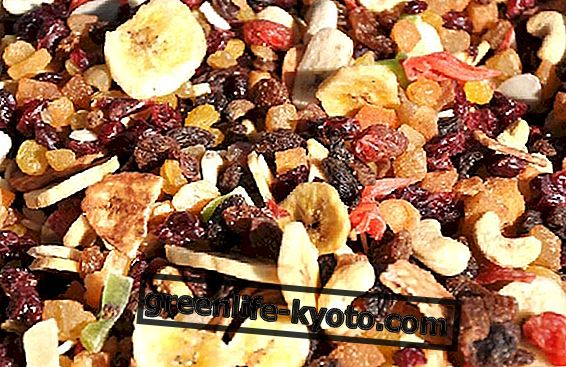
To prevent a simple cold or a trivial sore throat transform into something more serious, it is possible to play in advance with the medicinal plants. One of the best known remedies for its remarkable efficacy, is undoubtedly Echinacea.
Immune system and echinacea
The Echinacea ( Echinacea angustifolia) is a herbaceous plant originating from the United States, characterized by particular flowers, similar to daisies with thin petals, red-purple. Known for centuries for its immunostimulant properties, in most of the North American Indian tribes it was considered a magical plant, endowed with a thousand powers, capable of curing an infinite number of ailments.
This plant seems able to strengthen the immune system, stimulating both the efficiency and the number of some of its fundamental elements such as antibodies, T lymphocytes and macrophages, real soldiers against infections.
The Immune System plays a fundamental role in counteracting and alleviating the symptomatology of cooling pathologies, since it acts by identifying and eliminating pathogens. To do this it makes use of some elements present in the blood such as white blood cells, macrophages, antibodies .
If the immune system is not strong enough and its response to aggression is not able to stem the disease, mild disorders can worsen and prostrate for many days due to the onset of other infections. The consequences in this case are the appearance of fever, diseases of the bronchi, coughs and plaques on the oral mucosa, which require medical attention.
What are the side effects of echinacea?
Use of echinacea in phytotherapy
In Phytotherapy, roots rich in active ingredients are used, such as polysaccharides, echinacoside (with an immunostimulatory action), echinacein (with anti-inflammatory properties) and essential oil.
The main therapeutic properties of echinacea that justify its use in the prophylaxis and treatment of seasonal diseases are attributable to a stimulatory action of the immune defenses, through the increase in the number and activity of white blood cells, elements present in the blood that incorporate and destroy pathogenic microorganisms.
For an effective immunostimulatory effect it is recommended to take at least 0.6% Echinacea titrated extracts in echinacoside (according to the French Pharmacopoeia ) in cycles of 15 consecutive days followed by as many days of suspension.
Two or three cycles starting from autumn, that is to say the arrival of the first colds, represent a good method of prevention, remembering also that the daily intake of about 16-20 milligrams a day of echinacoside must be divided into two administrations, preferably far from meals. The use of Echinacea is not recommended for people with allergies.





